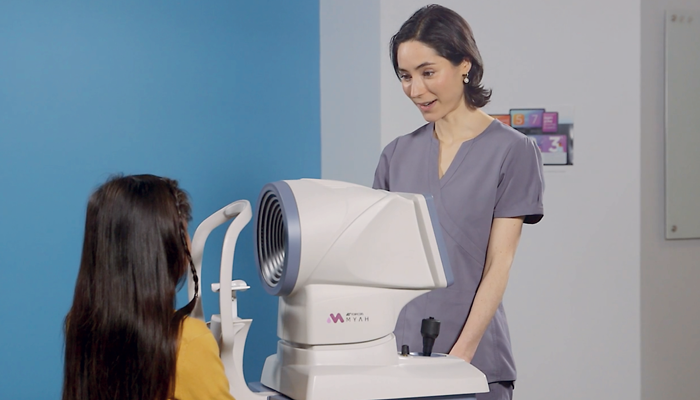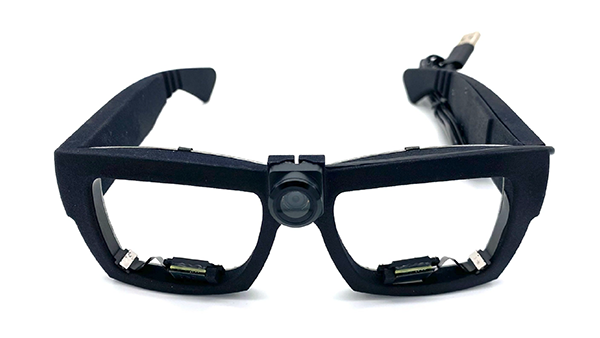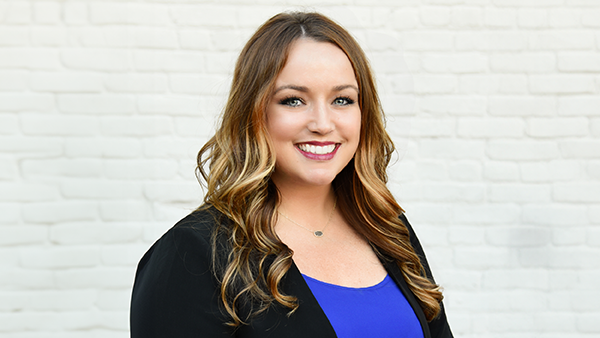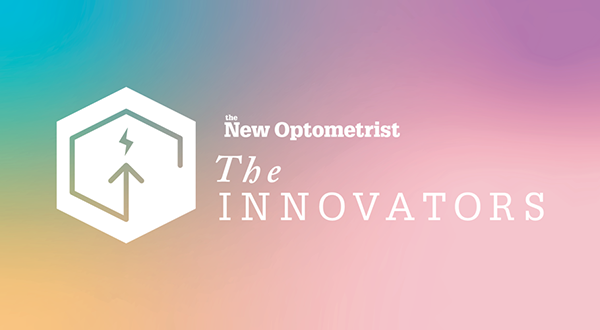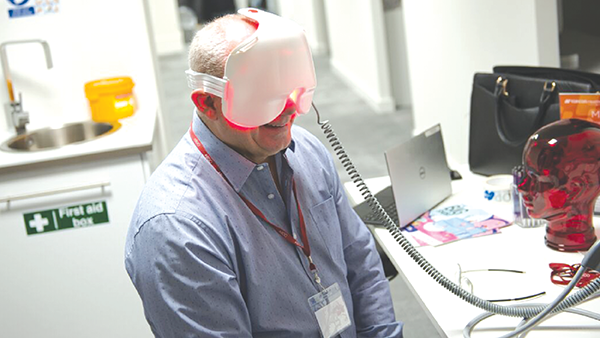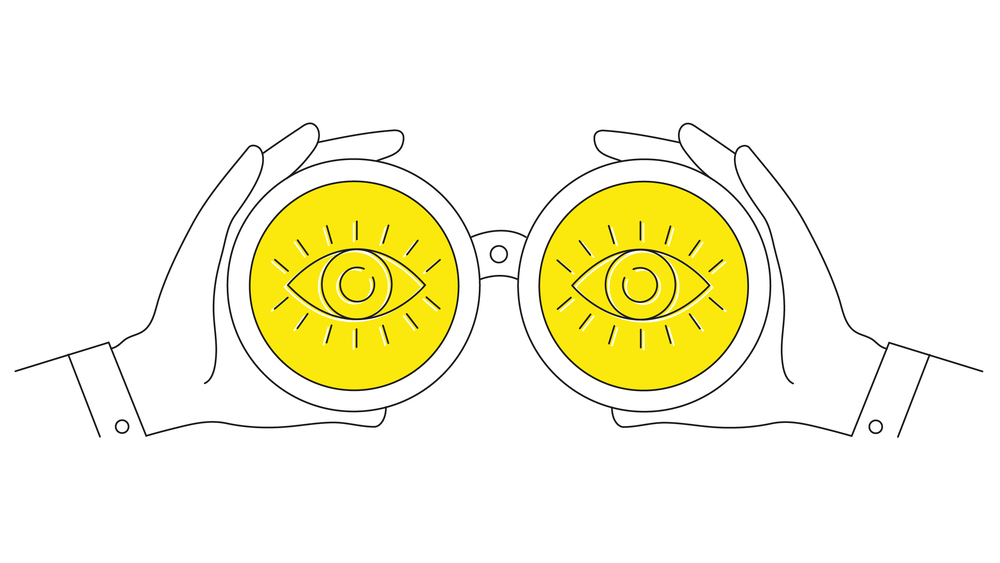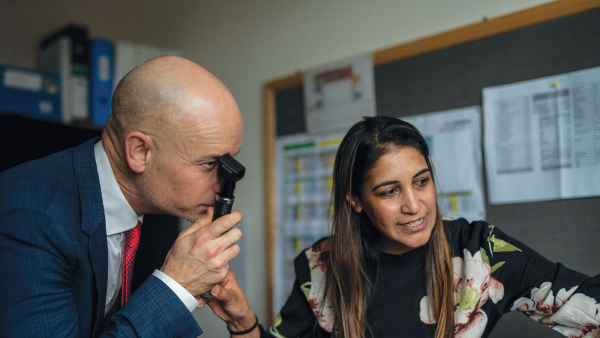You are viewing 1 of your 3 articles before login/registration is required
Mastering Myopia Management
Experts explain how the multiple features offered by Topcon Healthcare’s MYAH help clinicians to assess a child’s risk of myopia in adulthood.
As the battle against the global myopia epidemic rages on, eyecare professionals interested in building, managing, and growing a myopia service require a versatile tool that provides all the technologies necessary to support myopia management. Topcon Healthcare’s MYAH is a unique multifunctional instrument that offers corneal topography – including keratoconus screening, axial length, pupillometry, progression reports for analyzing treatment efficacy, and the ability to monitor the progression of myopia and compare measurements with gender-specific growth curves for axial length.
Growth curve confidence
At the International Myopia Conference in Rotterdam (September 2022), Liandra Jung, Assistant Clinical Professor at the University of California, Berkeley, highlighted the importance of growth curves in the early detection and intervention of myopia in pediatrics and explained how MYAH’s specific growth curves help practitioners to assess the risks.
After first capturing a patient’s axial length measurements, optometrists can see where they fall on the MYAH growth curve based on this measurement and the patient’s age and gender, then “follow the projected line to see [the patient’s] risk of developing myopia and high myopia like a time machine,” says Jung. Where “confounding factors” such as gender, ethnicity, and cohort effects can present challenges when using growth curves, some of these confounding factors and variability can be removed as patients come back for more follow-up visits; over time, says Jung, the clinical insights about patient growth patterns that optometrist can gather from MYAH become more useful. She suggests looking not only at absolute values, but also at the relative increase in axial length over time. “If you think critically about the confounding factors, and in your clinical thinking adjust your individual patient’s risks, then the growth curves are a powerful tool to predict the progression of myopia.” MYAH also offers variation graphs within its trend functionality, which can help the clinician visualize variations in the rate of change.
Ortho-k lens fitting
MYAH’s pupillometry feature also plays an important role in UC Berkeley’s myopia management research. In ascertaining, for example, how pupil size, response, and decentration play a role in the visual performance of orthokeratology lenses and multifocal soft lenses, the tool can help to guide the optical design of these lenses or determine the suitability of a patient for orthokeratology. Monitoring corneal curvature and tracking average corneal power over time in myopia management can also be useful to flag potential keratoconic patients early. Both MYAH’s pupillometry and corneal topography features can be used to confirm the ortho-k lens prescription, for example, by calculating the treatment zones in relation to pupil size reading in addition to the obvious value of monitoring axial length over time, since the refractive error will always be zero or close to zero.
The International Myopia Conference also featured a discussion by Dr. Joan Pérez Corral – Associate Professor and Head of the Speciality Contact Lens and Myopia Management Clinic at the Universidad Politécnica de Catalunya – on the elevation of orthokeratology fitting using topography and biometry. Corneal size matters in ortho-k, says Pérez Corral, because the lens must cover 90 to 95% of the corneal surface to be effective. It is therefore crucial to check the diameter of the cornea before fitting the lens. MYAH’s range of tools to analyze the anterior cornea, including topographic maps, 3D maps, comparison maps, height maps, Zernike analysis, and keratoconus screening provide an all-round analysis in addition to the corneal diameter measurements. To check for decentration risk, for example, the MYAH elevation map helps to find the deepest point on the corneal topography and assess the lens’ likely position in the flat and vertical meridians.
Pupil size matters because it can influence the efficacy of the treatment and lead to problems such as halos and ghosting, especially in dim conditions, continues Pérez Corral. Dynamic pupil assessment with tools such as MYAH can provide measurements of both photopic and mesopic pupil diameters. Additionally, the size of the optical treated zone is affected by the degree of myopia being treated, with a higher myopia resulting in a smaller treated zone.
Measuring and monitoring axial length in children undergoing myopia control is also important in orthokeratology, says Pérez Corral, as ortho-k treatment can affect the total axial length of the eye. It is essential to measure the axial length at each patient visit using a biometer and following the normative growth curves, he explains. Establishing a baseline after one month of orthokeratology treatment is necessary as the axial length is expected to change. Pérez Corral suggests looking not only at absolute values, but also at the relative increase in axial length over time. He recommends showing parents normative curves and providing printed information to encourage follow-up and adherence to treatment.
To achieve the best possible outcomes, Pérez Corral – who also uses MYAH in his private clinical practice – concludes that clinicians should acknowledge the importance of topography, biometry, and axial length measurement when fitting children with ortho-k lenses for myopia control.
“See into the future”
The majority of eyes become myopic principally because of excessive axial elongation. At the International Myopia Conference, both Liandra Jung and Joan Pérez Corral emphasized the importance of monitoring axial length in children undergoing myopia control treatments, including orthokeratology. With MYAH now incorporating the latest, extensive axial length dataset collected by Rotterdam’s Erasmus University based on a homogenous dataset, clinicians monitoring axial length and comparing the patient’s data with normative growth curves can, in Jung’s words, “see into the future” – and better understand a child’s risk of myopia and high myopia in adulthood.
Not all products, services or offers are approved or offered in every market, and products vary from one country to another. Contact your local distributor for country-specific information and availability.
References
L Jung, M Liu, “Utilizing Growth Curves for Early Detection and Reliable Quantification of Myopic Ocular Growth.” Presented at the 18th International Myopia Conference, January 5, 2022; Rotterdam, the Netherlands.
J Pérez Corral, “Elevating Orthokeratology Fitting Using Topography and Biometry.” 18th International Myopia Conference, January 5, 2022.
The New Optometrist Newsletter
Permission Statement
By opting-in, you agree to receive email communications from The New Optometrist. You will stay up-to-date with optometry content, news, events and sponsors information.
You can view our privacy policy here
Most Popular
Sign up to The New Optometrist Updates
Permission Statement
By opting-in, you agree to receive email communications from The New Optometrist. You will stay up-to-date with optometry content, news, events and sponsors information.
You can view our privacy policy here
Sign up to The New Optometrist Updates
Permission Statement
By opting-in, you agree to receive email communications from The New Optometrist. You will stay up-to-date with optometry content, news, events and sponsors information.
You can view our privacy policy here
